Amazing.
Amazing.
The Moon Just Photobombed NASA’s Solar Dynamics Observatory
On May 25, 2017, the moon photobombed one of our sun-watching satellites by passing directly between the satellite and the sun.

The Solar Dynamics Observatory, or SDO, orbits Earth and watches the sun nearly 24/7 — except when another body, like the moon, gets in the way. These lunar photobombs are called transits, the generic term for when any celestial body passes in front of another.
Transits are one way we detect distant worlds. When a planet in another star system passes in front of its host star, it blocks some of the star’s light so the star appears slightly dimmer. By monitoring changes in a star’s light over time, scientists can deduce the presence of a planet, and even determine what its atmosphere is like. This method has been used to discover thousands of planets, including the TRAPPIST-1 planets.

SDO sees lunar transits about twice a year, and this one lasted about an hour with the moon covering about 89 percent of the sun at the peak of its journey across the sun’s face.
When they’re seen from Earth, we call lunar transits by another name: eclipses.

Solar eclipses are just a special kind of transit where the moon blocks all or part of our view of the sun. Since SDO’s view of the sun was only partially blocked, it saw a partial eclipse. Later this year, on Aug. 21, a total eclipse will be observable from the ground: The moon will completely block the sun’s face in some parts of the US, creating a total solar eclipse on a 70-mile-wide stretch of land, called the path of totality, that runs from Oregon to South Carolina.
Throughout the rest of North America — and even in parts of South America, Africa, Europe and Asia — the moon will partially obscure the sun, creating a partial eclipse. SDO will also witness this partial eclipse.

Total solar eclipses are incredible, cosmic coincidences: The sun is about 400 times wider than the moon, but it also happens to be 400 times farther away, so the sun and moon appear to be the same size in our sky. This allows the moon to completely block the sun when they line up just right.

Within the path of totality, the moon completely obscures the sun’s bright face, revealing the comparatively faint corona — the sun’s pearly-white outer atmosphere.

It’s essential to observe eye safety during an eclipse. You must use proper eclipse glasses or an indirect viewing method when any part of the sun’s surface is exposed, whether during the partial phases of an eclipse, or just on a regular day. If you’re in the path of totality, you may look at the eclipse ONLY during the brief moments of totality.

A total solar eclipse is one of nature’s most awe-inspiring sights, so make your plans now for August 21! You’ll also be able to see the eclipse cross the country that day through the eyes of NASA – including views of the partial eclipse from SDO – on NASA TV and at nasa.gov.
Learn more about the August eclipse — including where, when, and how to safely see it — at eclipse2017.nasa.gov and follow along on Twitter @NASASun.
More Posts from F-taser-blog and Others

The Pleiades from Saaremaa, Estonia
This image was taken by my friend Raivo Hein! Raivo has his own little observatory in Saaremaa, an Estonian island, and he has mastered astrophotography over the years. This brilliant view of the Pleiades or Seven Sisters was obtained with the exposure time of 8 hours by using the LRGB (Luminance, Red, Green and Blue) method.
As for technical details, ASA N12 Telescope, FLI MicroLine ML16200 Camera, and ASA DDM60 Pro Direct Drive Mount were used.
See more of his stunning images on Facebook & here on Tumblr.
beautiful canda
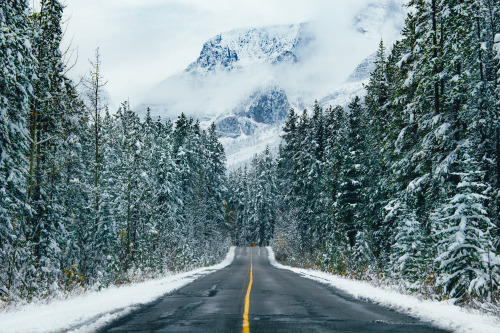
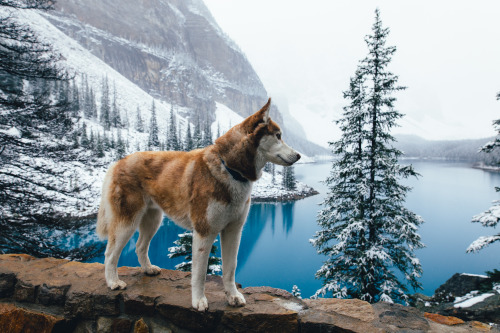
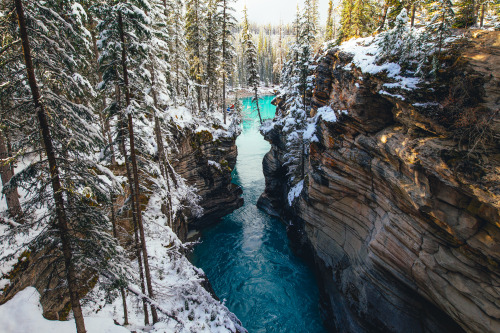
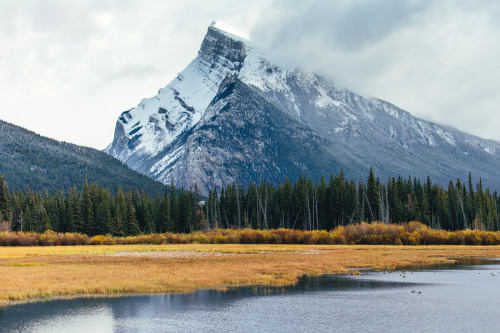
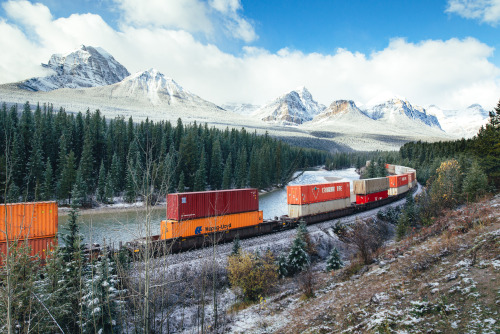
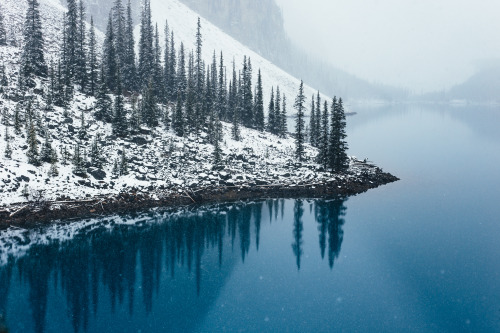
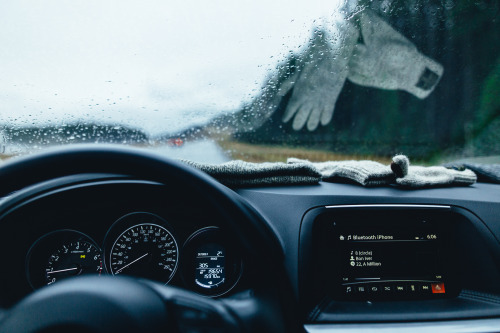
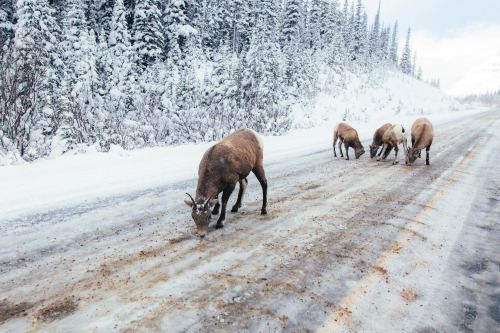
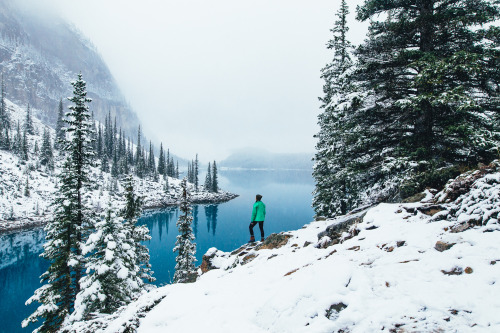
First snow in the Canadian Rockies.
Banff and Jasper National Parks, Alberta, Canada. October 2016.
Biotronium series
Hello everyone Im happy to say yo that i f-taser is releasing the biotronium series which is all connected with your biological world or Mother nature..
Tudeww

Photographing Nature and giving them a special geometry inspired Idea to give them life with #shapical #nature #photography #onieropoluz #flow #geometricphotography #flowers #backyardfun #backyardphotography #naturelovers #peace #love #peaceandlove #peaceofmind #music #life #solivealifeyouwillremember

The atmosphere of Pluto.
Space Scene
Well,well NASA just go and find some alien friends....(post by sci universe)

Well this is a bummer, but a good call considering how media is like 😄 NASA will host a teleconference at 2 p.m. EDT Monday, Sept. 26, to present new “surprising evidence” of activity from images captured by the Hubble Space Telescope.
Europa is thought to host an ocean of liquid water beneath its icy surface, and is thus considered to be one of the best places to search for alien life elsewhere in the Solar System.
If you want to know more about Europa, I recommend this infographic by space.com.
The James Webb Space Telescope: A Story of Art & Science

Artists of all kinds were invited to apply for the chance to visit our Goddard Space Flight Center to be inspired by the giant, golden, fully-assembled James Webb Space Telescope mirror.

Art/Photo Credit: Jedidiah Dore
Webb has a mirror that is nearly 22 feet high and (to optimize it for infrared observations) is covered in a microscopic layer of actual gold.

Art/Photo Credit: Susan Lin
Because of Webb’s visually striking appearance, the project hosted a special viewing event on Wednesday, Nov. 2, 2016.

Photo Credit: Maggie Masetti
There was an overwhelming response to the event invitation and ultimately twenty-four people were selected to attend. They represented a broad range of artistic media and styles, including: watercolor, 3D printed sculpture, silk screening, acrylics, sumi-e (East Asian brush technique), comics, letterpress, woodwork, metalwork, jewelry making, fiber art, ink, mural painting, kite-making, tattooing, scientific illustration, poetry, songwriting, and video making.

Art/Photo Credit: Sue Reno
Project scientists and engineers spoke with visitors to give context to what they were seeing and explain why Webb is an engineering marvel, and how it will change our view of the universe.

Among other things, Webb will see the first stars and galaxies that formed in the early universe and help us to better understand how planetary systems form and evolve. It will help us answer questions about who we, as humans, are and where we came from.

Art Credit: Jessica Lee Photo Credit: Maggie Masetti
The artists spent several hours sitting right in front of the telescope, where they sketched, painted, took photos and even filmed a music video.

Art Credit: Joanna Barnum Photo Credit: Maggie Masetti
While some of the pieces of art are finished, most of the artists went home with their heads full of ideas and sketchbooks full of notes. Stay tuned for more info on where you can see their final works displayed!

Art/Photo Credit: Susan Lin
Finished art from the event continues to be added HERE.
The James Webb Space Telescope is finishing environmental testing at our Goddard Space Flight Center in Greenbelt, Maryland. Next it will head to our Johnson Space Center in Houston for an end-to-end test at cryogenic temperatures. After that, it goes to Northrop Grumman to be mated with the giant tennis court-sized sunshield and the spacecraft bus. The observatory will launch in October of 2018 from a European Space Agency (ESA) launch site in French Guiana, aboard an Ariane 5 rocket. Webb is a collaboration of NASA, ESA, and the Canadian Space Agency (CSA).
Follow Webb on Facebook, Twitter and Instagram.
Make sure to follow us on Tumblr for your regular dose of space: http://nasa.tumblr.com
-
 picknpaynoname liked this · 4 years ago
picknpaynoname liked this · 4 years ago -
 shockman88 liked this · 5 years ago
shockman88 liked this · 5 years ago -
 mobdividual liked this · 5 years ago
mobdividual liked this · 5 years ago -
 mataratsu16-blog reblogged this · 6 years ago
mataratsu16-blog reblogged this · 6 years ago -
 saracorley liked this · 6 years ago
saracorley liked this · 6 years ago -
 diddisgirl4life reblogged this · 6 years ago
diddisgirl4life reblogged this · 6 years ago
